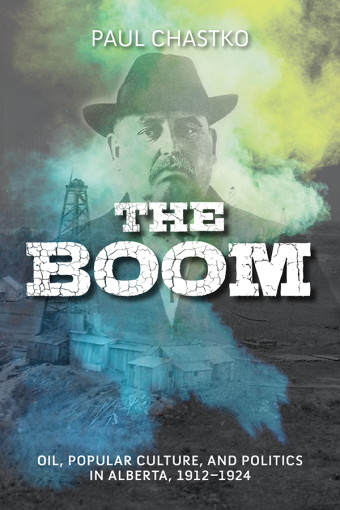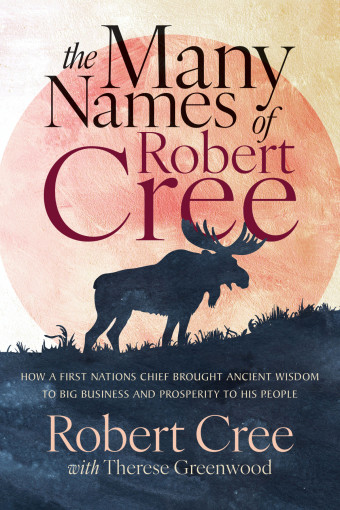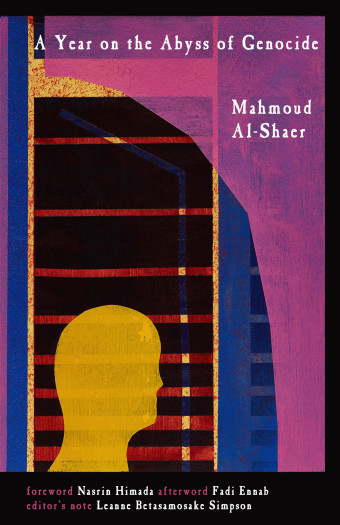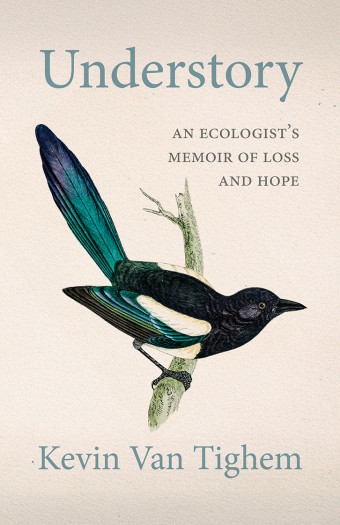Shari Peyerl received her first archaeological permit at the age of 50, and set out on an adventure to uncover secrets behind a vanished settlement in Glenbow Ranch Provincial Park. She writes about these discoveries in her archaeologist’s memoir, Alberta’s Cornerstone: Archaeological Adventures in Glenbow Ranch Provincial Park.

- Alberta’s Cornerstone
- Shari Peyerl
- Heritage House
- $34.95 Paperback, 288 pages
- ISBN: 978-17-72033-91-5
The stories included in Alberta’s Cornerstone – gleaned from descendants of former Glenbow residents and through researching the history of the area – reveal the evolution of an industrial settlement within a ranching community.
“I fell in love with Glenbow in 2009 when I first visited what is today’s park,” says Peyerl, who has volunteered at Glenbow Ranch Provincial Park since 2009, and created the People of Glenbow Family Photo Album, which is on display in the park’s Interpretive Centre.
“I remember the glorious September sun and the dusty smell of the grass as we trekked across the ranch land looking for the remains of the old settlement. I hope this book captures some of the excitement of archaeological discovery and some of the serene beauty of the place.”
Photographs are a major part of the book, and Peyerl played an active role in selecting them. She chose to include historical photographs different from those in the People of Glenbow display. A number of black and white images are sourced from archives and the descendants of Glenbow residents, including 15 privately held photos that have never been previously published.
Of the modern colour photos featured in Alberta’s Cornerstone, most were contributed by park stewards, and others Peyerl took herself.
“I wanted to write a book that I would like to read: full of great historical tales not found elsewhere, and loaded with photos, because I am a visual learner,” says Peyerl, who holds B.Sc. and MA degrees in archaeology from the University of Calgary.
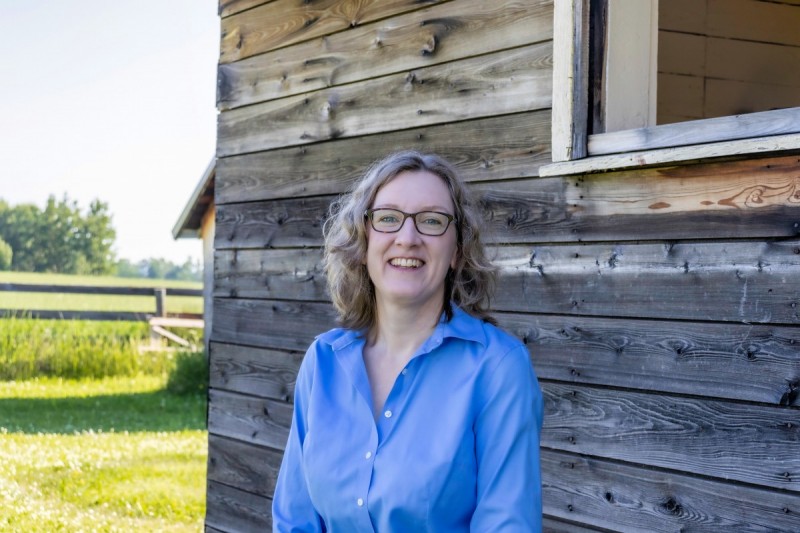
“The book is written for two general audiences. Academics, such as historians, will appreciate that the book contains references so they can verify my information and build on my research. Non-academics in the general public – genealogists, armchair archaeologists, history lovers, park enthusiasts – will find intriguing stories about past residents of Glenbow and will also learn about the process of ‘doing’ archaeology.”
Peyerl’s research – which included gathering historical documents and tracking down people who shared family stories – uncovered some fascinating finds. “My favourite discoveries were unexpected bonanzas of information and photographs that followed long, difficult searches,” she explains.
“For example, finding the remote relative of adoptee Lorna Park was especially fun because we hit it off so well and she was incredibly generous with her collection. Locating the Vanderhoef archive was exciting because the trail took exotic turns that eventually led to startlingly informative photographs. In both of these cases, I could include in this book only a portion of the vast collections.”
Peyerl, who lives in Sundre, Alberta, hopes that Alberta’s Cornerstone will inspire readers to be careful custodians of the land. “We all have a part to play in creating what will be tomorrow’s history,” she says.
“By appreciating and protecting the rich past and the diverse ecosystem of Glenbow Ranch Provincial Park today, we are providing a valuable cultural and natural resource for the future.”




